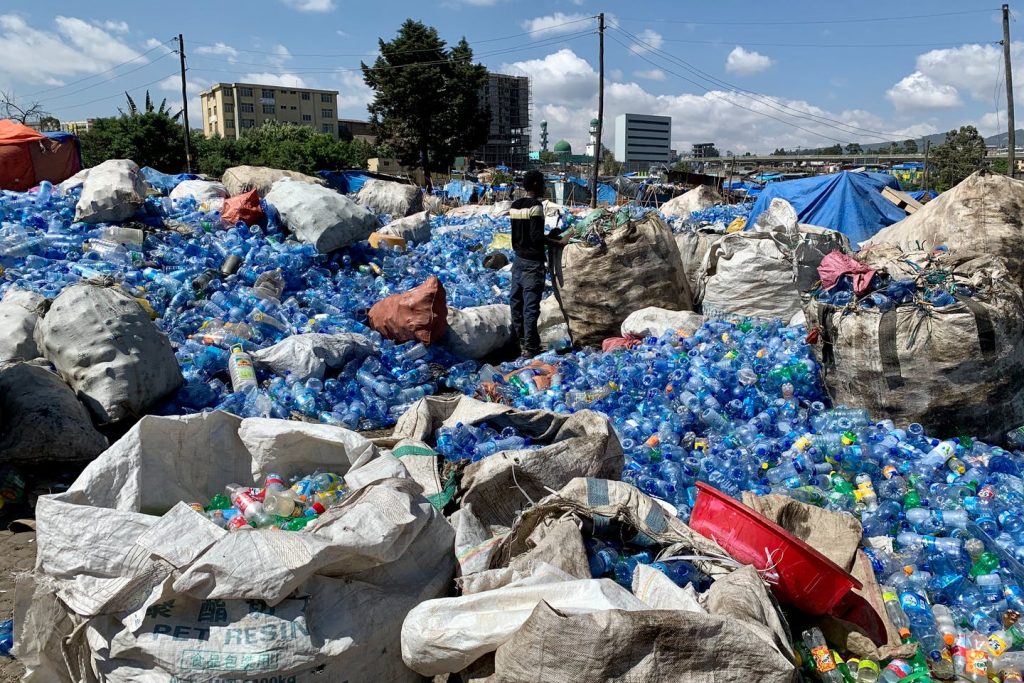The recent pandemic has taken a toll on the health and income of more than 207 countries. The contagious virus has compelled people to wear PPE and masks. With the increasing number of infections, the amount of plastic waste is also rising.
For over eight months now, masks and gloves have been the main components for us while stepping outside. Hospitals use medical tools such as oxygen masks, tissue, gauze, and syringes to treat patients. Doctors and specialists are encouraging people to use one surgical mask at a time. But they are also a source of sizable biomedical waste.
Biomedical waste has become a global phenomenon of concern. The Government of Bangladesh has distributed 12,50,000 sets of PPE in hospitals in April, which will turn into approximate 18,70,000kg of medical waste. Besides those, health care workers are also using PPE that is not issued by the government. As a matter of safety of physicians, health workers, and the patients, healthcare personnel cannot reuse the protective equipment.
The estimated numbers are only for hospitals and diagnostic centers. What about the other places? A large number of people are not taking any medical help from hospitals after being infected by Covid-19. The virus is so contagious that it can even spread through droplets. Thus we cannot omit the possibility of spread through the wastage of the Corona affected people. As people don’t differentiate the waste from the other debris, the collector collects them in an open van, which puts him at high risk of getting infected and spreading it wherever he goes.
There’s a proper guideline for every hospital to follow, from in-house storage to disposal of the waste generated from Covid-19 treatment. As per rules, the wastes have to be disinfected in an autoclave machine and then packed in biosafety bags. Ironically, some hospitals are incapable of following them for the lack of facilities, and some are merely neglecting the fact.
Let’s have a look at how biomedical waste is affecting mother nature.
Every year, Bangladesh produces an estimated amount of 87,000 tons of single used plastics, despite being the first country in South-Asia to ban plastic.
78% of the total plastic waste comes from the cosmopolitan area, and the other 22% comes from rural areas.
From sachet to take away packs, plastics have been part and parcel of people’s day-to-day lives. This massive plastic use is not only because of the negligence in law enforcement but also due to the unavailability of affordable substitutes.
Most of the masks consist of a plastic component named polypropylene, which breaks down in a prolonged process. Plastics usually are non-biodegradable. It breaks down into microplastics, stays in water or soil for a long time, threatens the environment, and eventually enters the food chain.
In Dhaka South City Corporation, an NGO named Prism Bangladesh has stepped up to handle mask waste disposal. The authority has instructed the people of that arena to keep their waste of masks, gloves, and other safety apparel separate. Prism Bangladesh will collect them from every house and dispose of them with maintaining proper security.
But this facility is only available to the people of Dhaka South City Corporation. What about the other parts of the country? How are they tackling the risk of mixing the waste of safety materials from other debris? The question is yet unanswered.
The pandemic has already exposed the vulnerability of the economy. If we look thoroughly, we will notice the loopholes in every sphere of policymaking. Forty-nine years of independence, and we still have to stress over an issue like waste management for the lack of a state of the art waste management system. Without proper governance of the situation, the waste will inevitably become a new catastrophe for Bangladesh.

